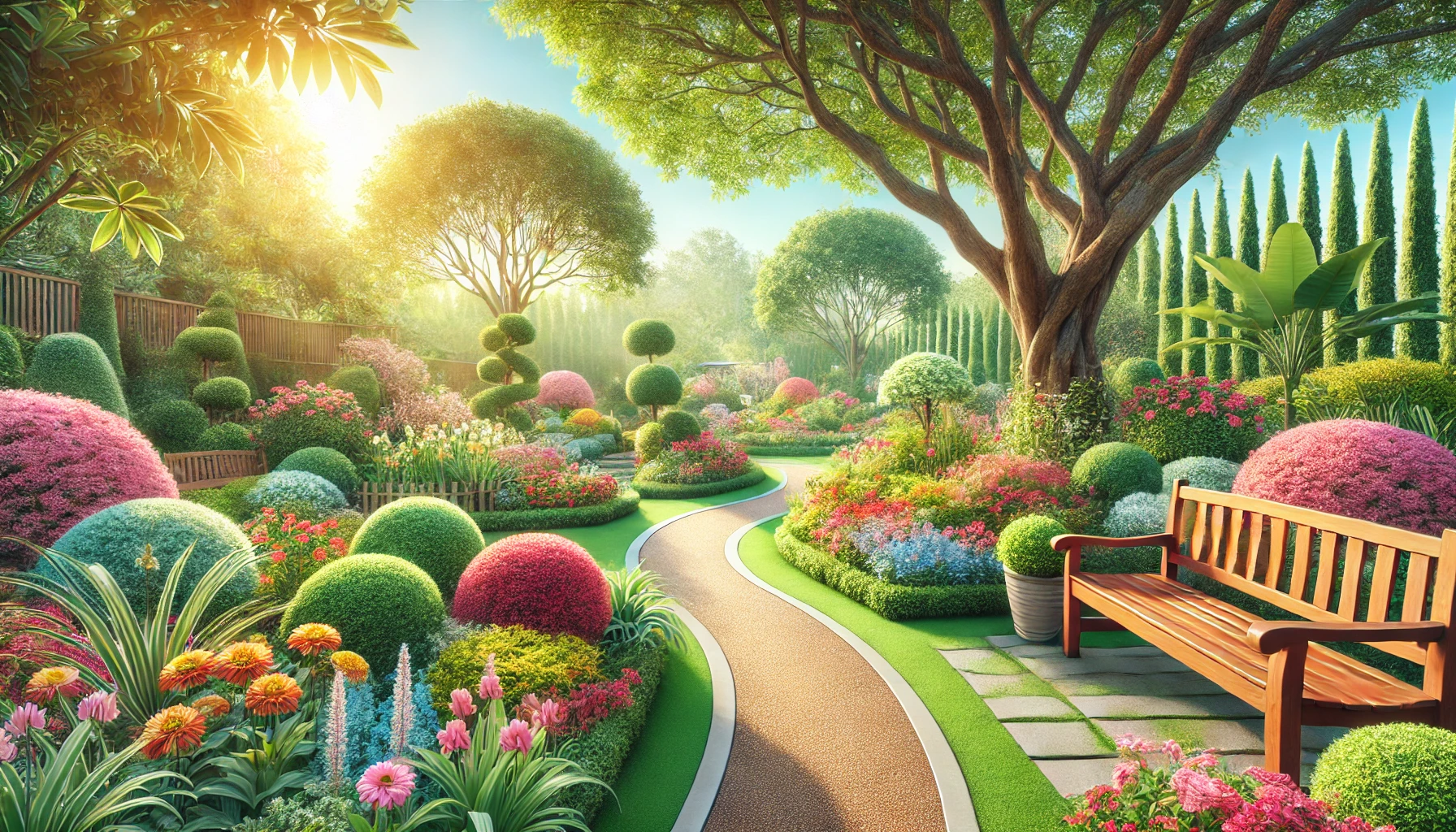Key Takeaways
- Thoughtful garden design can significantly impact your mental well-being.
- Elements like color, layout, and plant choices contribute to how a garden affects your emotions.
- Specific garden setups are known to reduce stress and promote relaxation.
Understanding the Link Between Nature and Emotions
Understanding the link between nature and emotions reveals the powerful impact of landscape design on mental well-being. A thoughtfully designed garden can evoke feelings of calm, joy, or inspiration, transforming your outdoor space into a personal sanctuary. Features like flowing water, vibrant flowers, and structured greenery stimulate the senses and foster a connection to nature, reducing stress and improving mood. Incorporating winding pathways, cozy seating, or shaded areas encourages relaxation and mindfulness. The psychology of landscaping shows that design choices influence aesthetics and emotional health, making landscape design a valuable tool for enhancing your environment and state of mind.
The Impact of Color in Garden Design
In garden design, color plays a vital role as it influences emotions and sets the ambiance of your outdoor space. Landscape design incorporating thoughtful color choices can positively impact your mood and create a harmonious environment. Warm colors like reds, oranges, and yellows evoke energy and excitement, making them perfect for entertaining spaces. At the same time, cool hues like blues and greens promote relaxation and serenity, which is ideal for meditation or retreat areas. Neutral tones provide balance, offering a calming backdrop for vibrant blooms. You can build a garden that supports your emotional objectives by knowing the psychology of color. This will guarantee that your landscape design improves the aesthetics of your property and promotes your well-being.
Creating Calm: The Role of Layout
Rather than mere tactical choices of plant placement, a garden’s layout speaks volumes through its form and flow. A well-planned garden journey can offer discovery and tranquility, much like the meandering paths of a serene park. Creating purposeful paths and relaxing seating areas transforms a garden’s structure into channels for mental rest.
Design elements such as gentle curves and meandering trails encourage visitors to engage with the environment more meaningfully. These elements invite one to slow down and savor the tranquil ambiance. Furthermore, incorporating focus points, like water features or artistic sculptures, can draw the eye and encourage pause and reflection.
Plants and Their Psychological Effects
Plants aren’t just static components of a garden; they influence psychological well-being. Aromatic plants like lavender are renowned for their calming effects, while visually stunning flowers like sunflowers can induce joy and optimism. The choice of flora impacts aesthetics and interacts subtly with our emotional states.
Cultivating various plant species introduces diversity in texture, scent, and visual experience. This diversity enhances aesthetic pleasure and stimulates different sensory experiences, which can lead to emotional upliftment. By intentionally selecting plants that cater to our well-being, we enhance our outdoor spaces’ personal and emotional landscape.
Designing Your Oasis
Designing a garden is akin to composing a piece of art—it’s about creating a space that not only pleases the eye but also nurtures the soul. Every element, from the color palette to the plant choices, becomes part of a larger narrative to foster peace, energy, or happiness. This personalized approach ensures that your garden becomes not just a backdrop but a functional and emotional extension of your home.
In the end, turning your garden into a private haven can significantly adjust your day-to-day routine. It extends a warm welcome to withdraw from the bustle of everyday life and find peaceful contemplation. The careful planning of your garden is essential to ongoing renewal and emotional enrichment, whether you’re looking for a getaway or a daily dose of nature.
